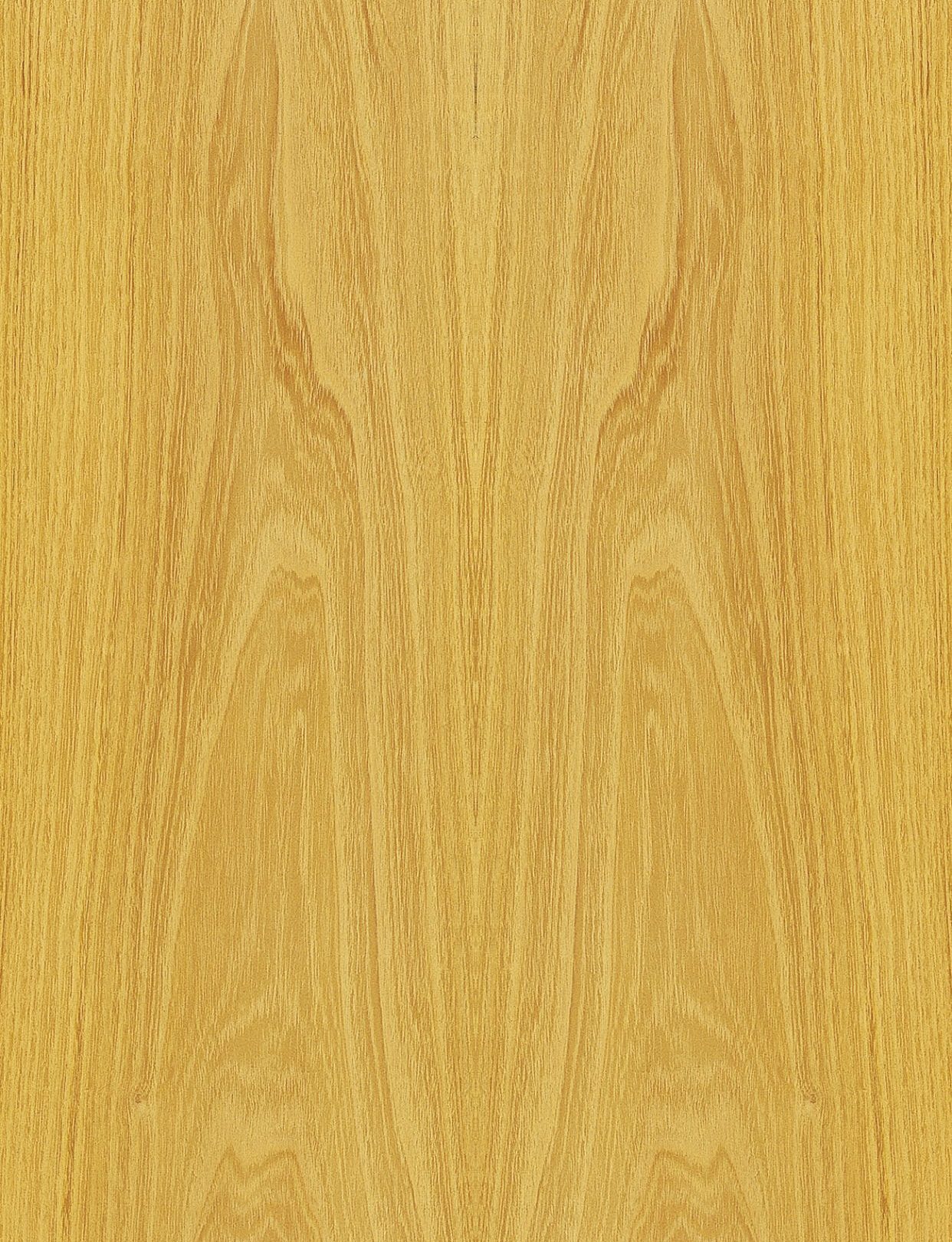
Locust
Robinia pseudoacacica

Trade Names
Locust, Black Locust, Robinia
Origin
South-eastern parts of the USA
Range
In the southern regions of the USA and cultivated in Europe since the 17th century. By now, this tree has spread quite well in Central Europe and especially in the south-east regions of Europe, where it even occurs as real forests. Heights of up to 25 m can be reached, with diameters as large as 80 cm.
Uses
Only few and especially good logs are manufactured to veneers. Since such logs are seldom to be found, a constant supply of veneers is not possible. If available, then used for interior design and for single objects. Besides for veneers, used many ways as a heavy-duty construction wood, e.g. for mining as well as in vehicle and ship building. Counts as one of the toughest wood species. Favourite turning-wood.
Properties
Of greenish colour when freshly cut, later turning to a golden brown. Pronounced structure due to fine pores developing in early growing years, opposed to its coarse pores which result later on. Looks very decorative and noble after surface treatment.
Machining
Can be worked well with any sharp tools.
Seasoning
Slow and careful drying is mandatory as the wood tends to heck and warp.
Finishing
Takes lacquers and stains well. It is almost impossible though to impregnate the wood.
Jointing
Problem-free.

